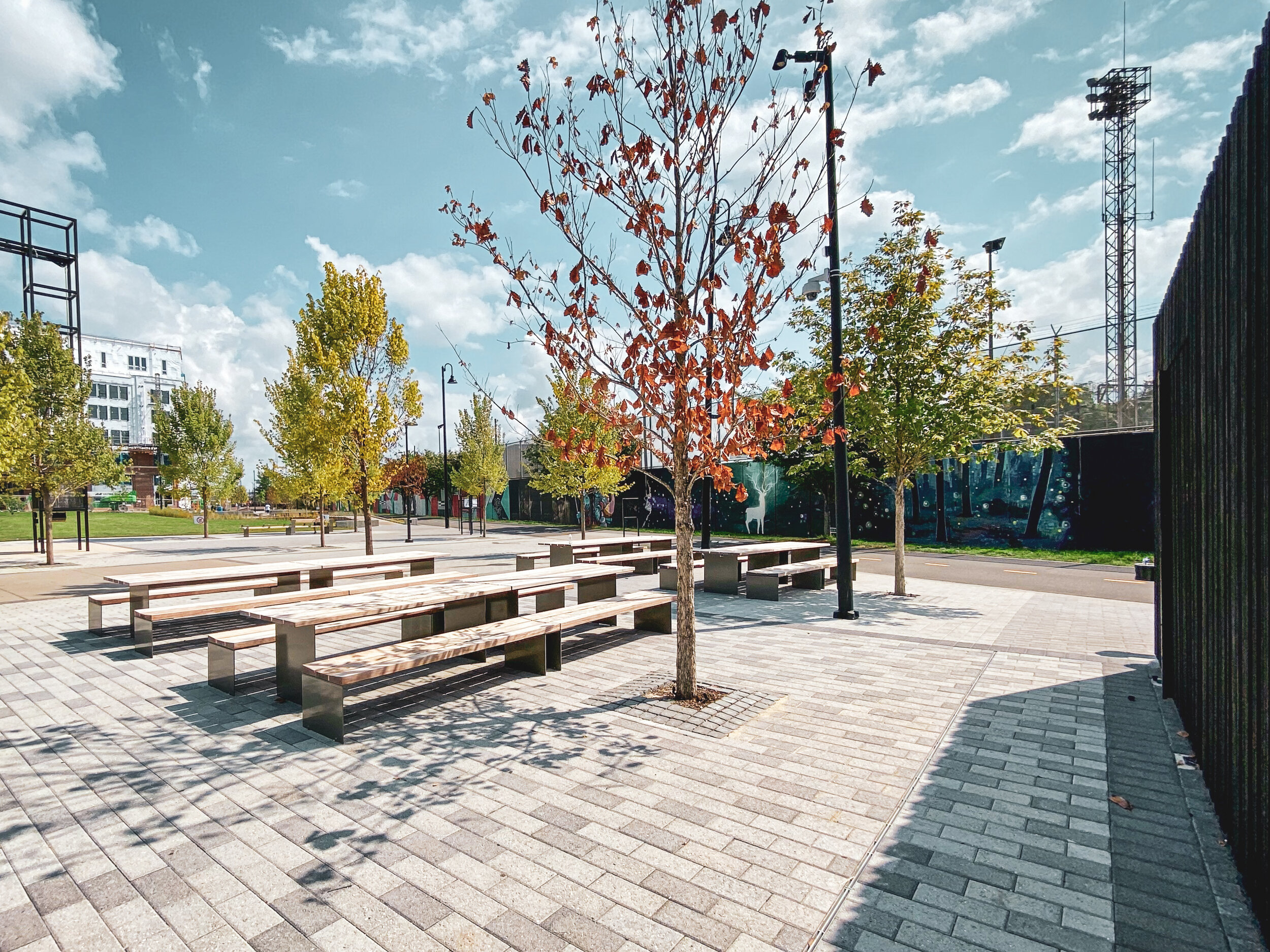It’s official! We have a new tour. This one has been in the works off and on for a few years. I have given privately commissioned tours of Adams Morgan and Mount Pleasant in the past — but each separately. In 2019, I worked on an amazing project, co-developing a tour for the Smithsonian Folklife Festival in 2019 with friend and colleague Natalie Avery. And six months ago I was commissioned to combine both neighborhoods in a private tour that took place in early spring. It worked really well and was actually what convinced me to greenlight this tour as a new permanent offering. Here’s the description!
Music and Social Change: Mount Pleasant and Adams Morgan
Explore the deep histories of Mount Pleasant and Adams Morgan on this unique walking tour. Delve into the area's rich musical heritage, from the "hillbilly music" of the mid-20th century to the influential punk and Riot Grrrl scenes of the 1990s.
Discover how the arrival of streetcars shaped these neighborhoods, leading to bustling commercial strips and two diverse but linked communities. Learn about 16th Street's past identity as Embassy Row and uncover the origins of the Adams Morgan name, a testament to the neighborhood's commitment to racial integration.
From historic libraries and grand movie houses to the hidden stories behind local businesses and community spaces, this tour offers a captivating glimpse into the evolution of these iconic Washington, D.C. neighborhoods.
Duration: 90 minutes. About 1 mile total distance. Private group torus start at $125 and public tours are $25 per person.
The tour book is open for private bookings, but the big kick off is on May 31st, with two tours offered at 10am and 2pm. These are public tours and open to everyone. Tickets are $25. Book here!
To everyone supporting Attucks Adams on Patreon, you can register for either of the May 31 tours for half off. Email me for more information. As a reminder Patrons get early and behind the scenes access to my research and photos that inform the tours themselves.If you’re interested in joining Patreon, check out the tiers here!
A final note — I lived in Mount Pleasant for nearly 15 years. Mount P and Adams Morgan are both near and dear to my heart and really important to how I view DC as a long time resident. I hope that comes through in the tour.
This has been a fun tour to build an I look forward to growing it, adapting to how the neighborhood changes, and sharing even more about another DC neighborhood with the world!



































